“Midway’s unique assemblage of flora and fauna make it an important laboratory for restoration ecology and conservation science. Insects, often overlooked, are especially unique in island ecosystems.” Midway is the world’s largest albatross colony and provides globally significant breeding grounds and migration stopover points for more than 3 million birds from nearly 30 different species. Midway is also described as a “seabird island,” because seabirds function as keystone species—that is to say, many other species in Midway’s ecosystem depend on albatross and other prolific seabird species. By bringing in enormous amounts of marine-derived nutrients via guano (fancy term for bird poop) as well as fish scraps, seabirds largely drive these island systems where ecosystem function, structure, and processes are largely nutrient-dependent. In, the nutrients brought in by seabirds support extraordinarily abundant populations of insects, amphibians, plants, and a host of other species on seabird islands.
32 Comments
“Predation of seabirds and other at-risk wildlife is a direct and alarming impact of mice—but there is more than meets the eye with these widespread rodents.” “This was something we had never expected to occur. Mice preying on adult albatrosses simply hasn’t been recorded here.” From the surface, Midway seems like a pristine place; but a closer examination reveals a colorful past and layered landscape. Restoration of this island system has been an ongoing (and challenging) activity since Midway’s transfer to the U.S. Fish and Wildlife Service (USFWS) in 1996. Islands are dynamic places, quick to change and quick to respond. But, in the winter of 2015, something unexpected happened on Midway. Mention of Midway brings to mind myriads of birds. But, there's more to Midway... Located at the far end of the extensive Northwestern Hawaiian Islands, Midway Atoll National Wildlife Refuge (NWR) is one of the most remote atolls in the world—more than 1,500 miles north-west from Honolulu, Oʻahu. Home to the world’s largest albatross colony (and more than 20 other migratory and breeding seabirds and shorebirds), Midway Atoll NWR evokes the idea of an isolated, pristine environment. However, after decades of dredging, building, digging, moving, and bulldozing, Midway Atoll NWR is far from it—making wildlife conservation, habitat restoration, and invasive species control both challenging and rewarding. Working in the field of conservation, habitat restoration, and ecology, the questions of “What do you do exactly?” and “Why?” tend to crop up consistently. Why hike for miles and miles in the wind and rain? Why place metal bands on birds (and the follow-up question: “Why do you always seem to have bird poop on you somewhere?”)? Why pull this plant over here and not that one over there? Haven’t heard of Midway before? Located more than 1,500 northwest of Honolulu, this tiny atoll is literally in the middle of the Pacific Ocean, halfway between the west coast of the United States and Japan.
As I double checked my two bags in the morning, one overstuffed (yet weighing in at exactly 50 pounds) duffel bag and backpack filled strategically with books, camera equipment, binoculars, and other field necessities, I still could not believe that I was actually returning to Midway Atoll National Wildlife Refuge / Battle of Midway National Memorial. It felt unreal and even as I passed through the TSA security check at the Boise, Idaho airport, looking back once more and waving “Goodbye!” to my parents, reality still had not settled in. I buckled up in my seat on a tiny, packed jet heading to San Francisco, and looked out the window over the Boise Foothills, now turning various hues of brown and the Boise River, at their base, outlined by groves of still green trees. Little pings of excitement flashed through my mind as the airplane started to prepare for take-off, and I thought back to my feelings the first time I headed out to Midway Atoll NWR. |
About MeWieteke Holthuijzen: budding environmental scientist, passionate birder. Archives
October 2019
Categories
All
|
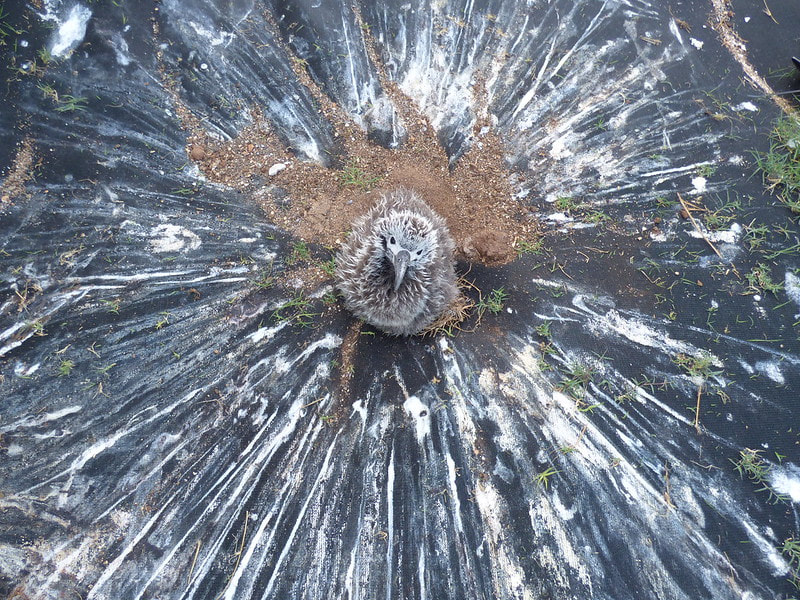
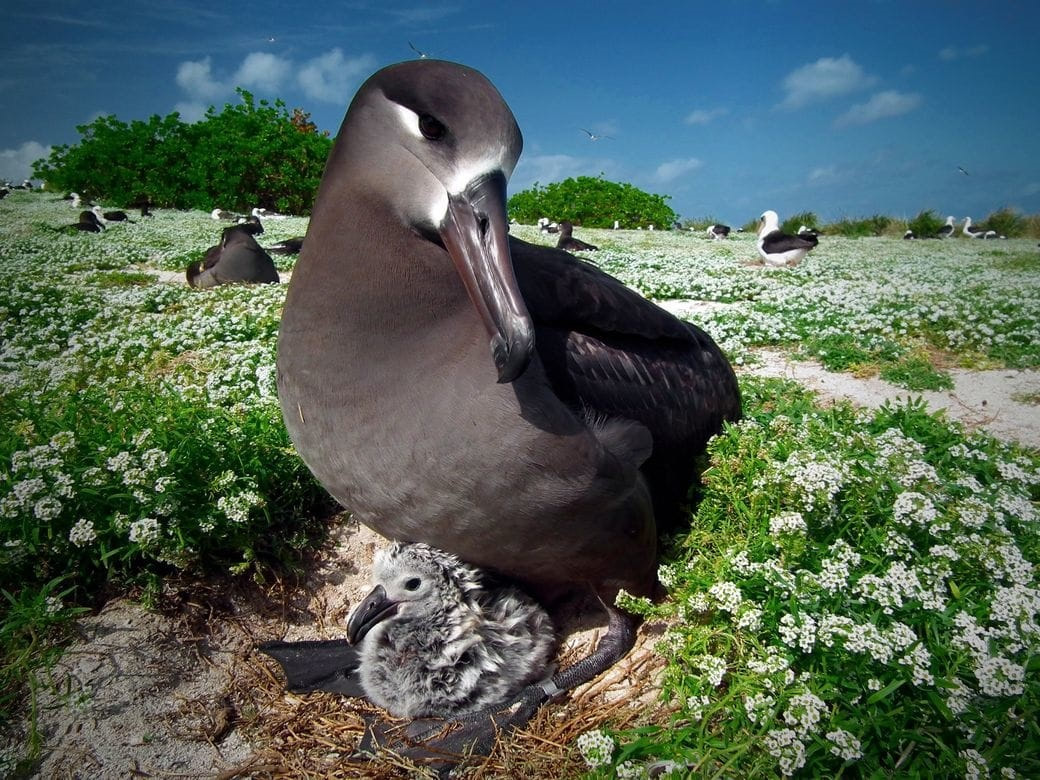
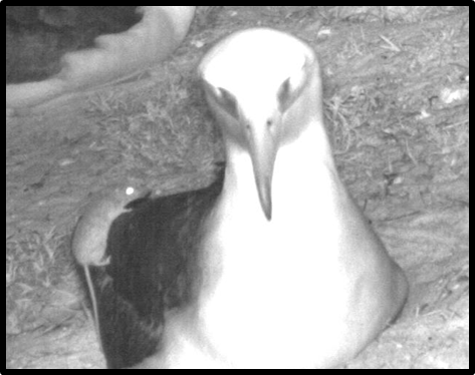
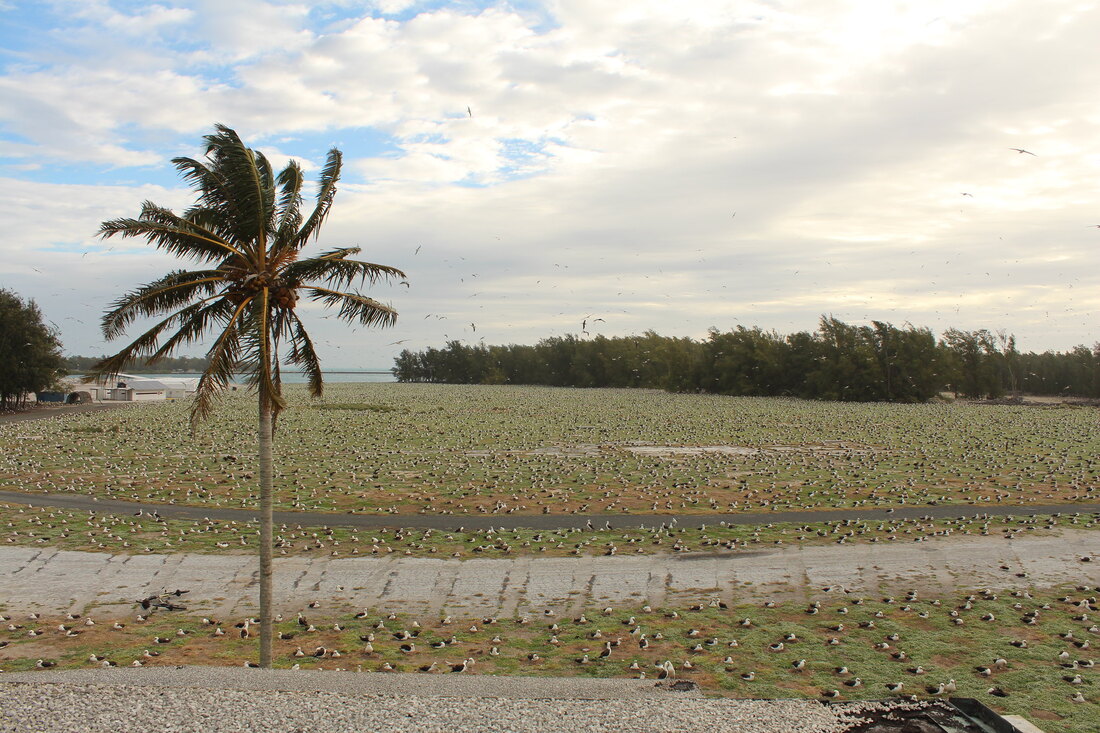
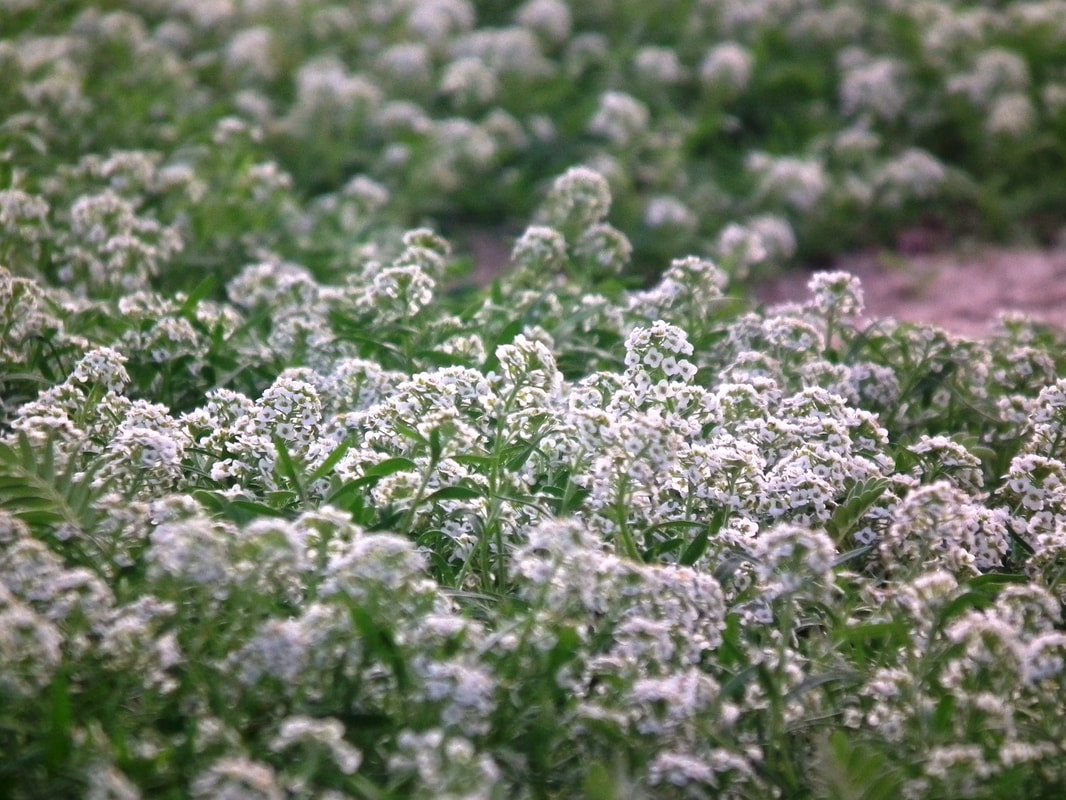
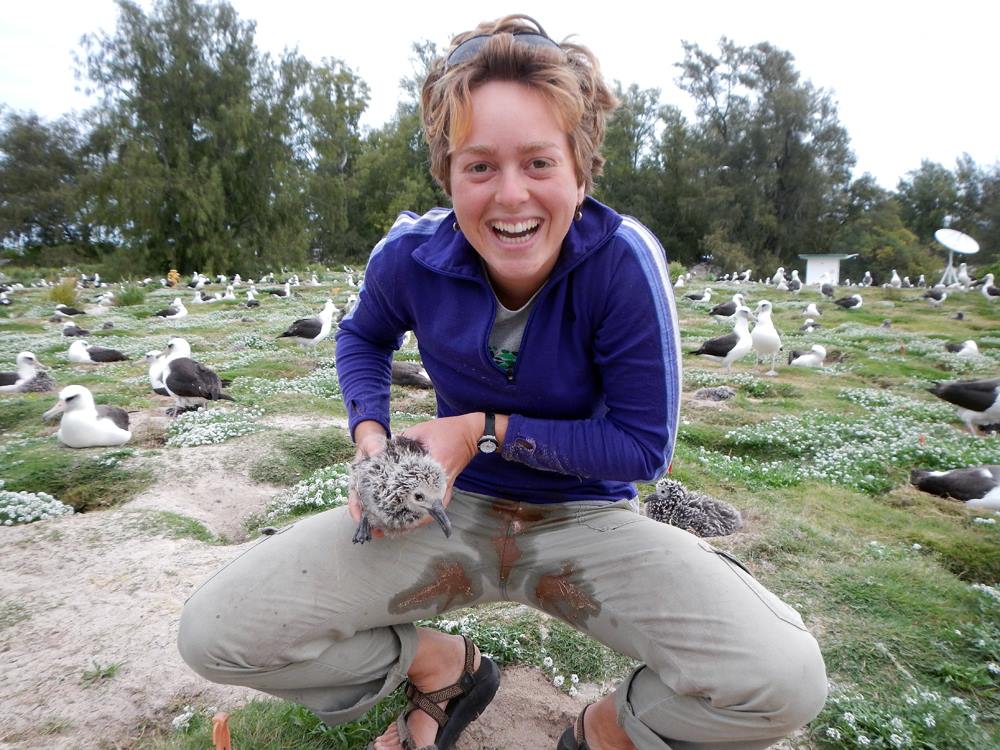
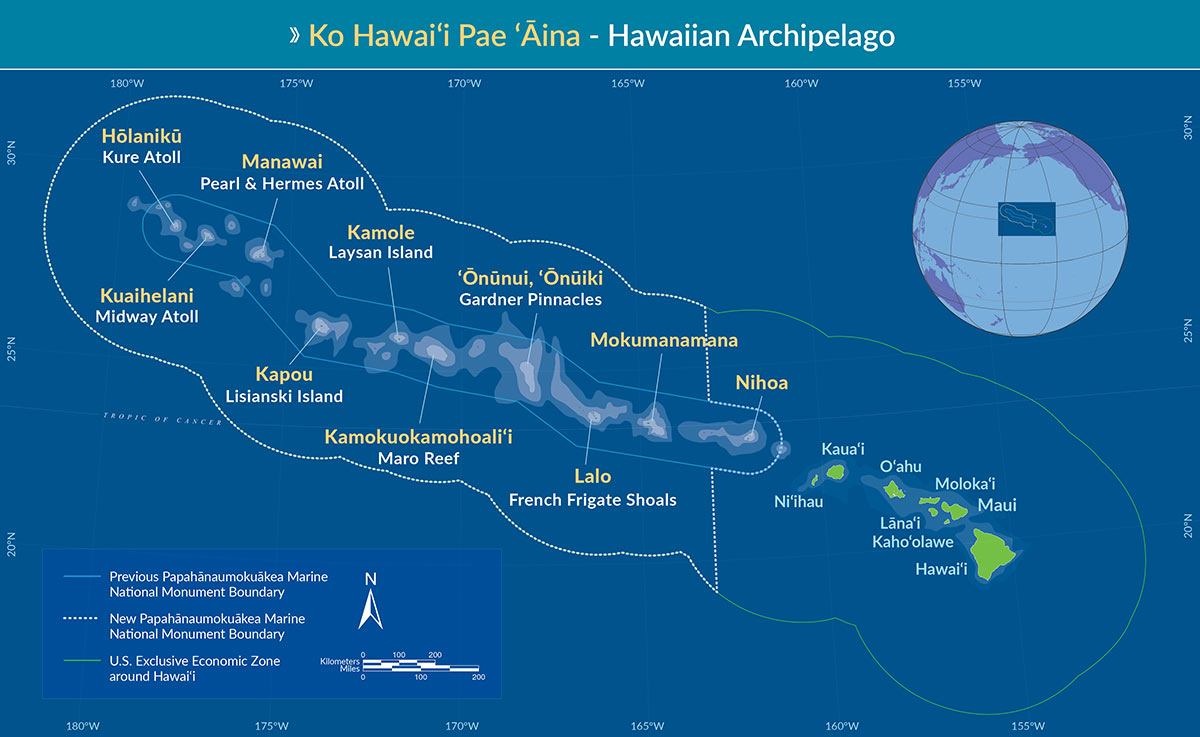

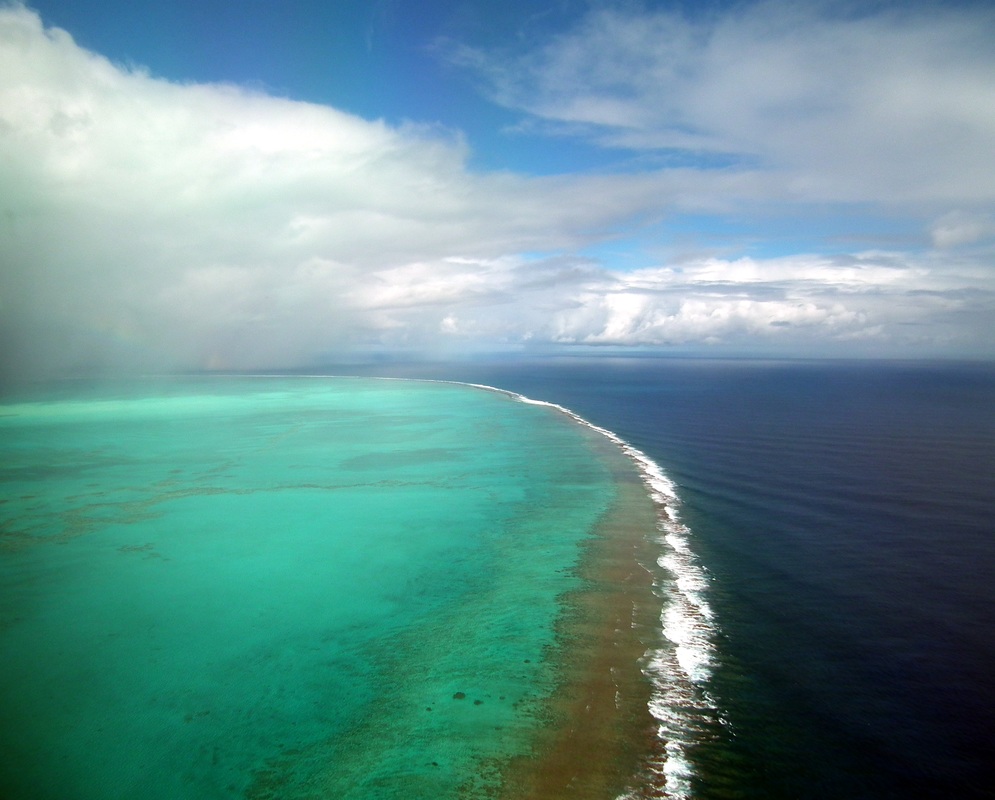
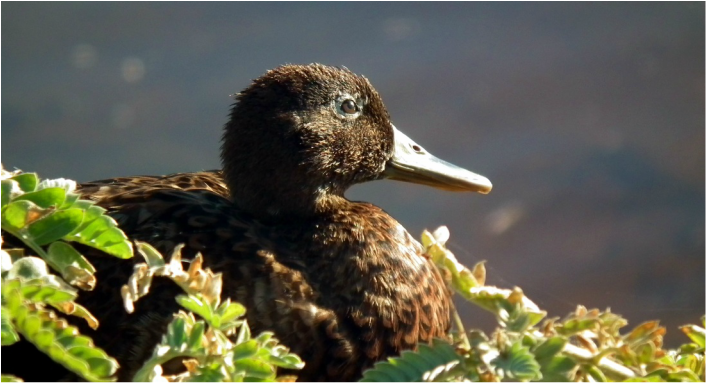

 RSS Feed
RSS Feed
